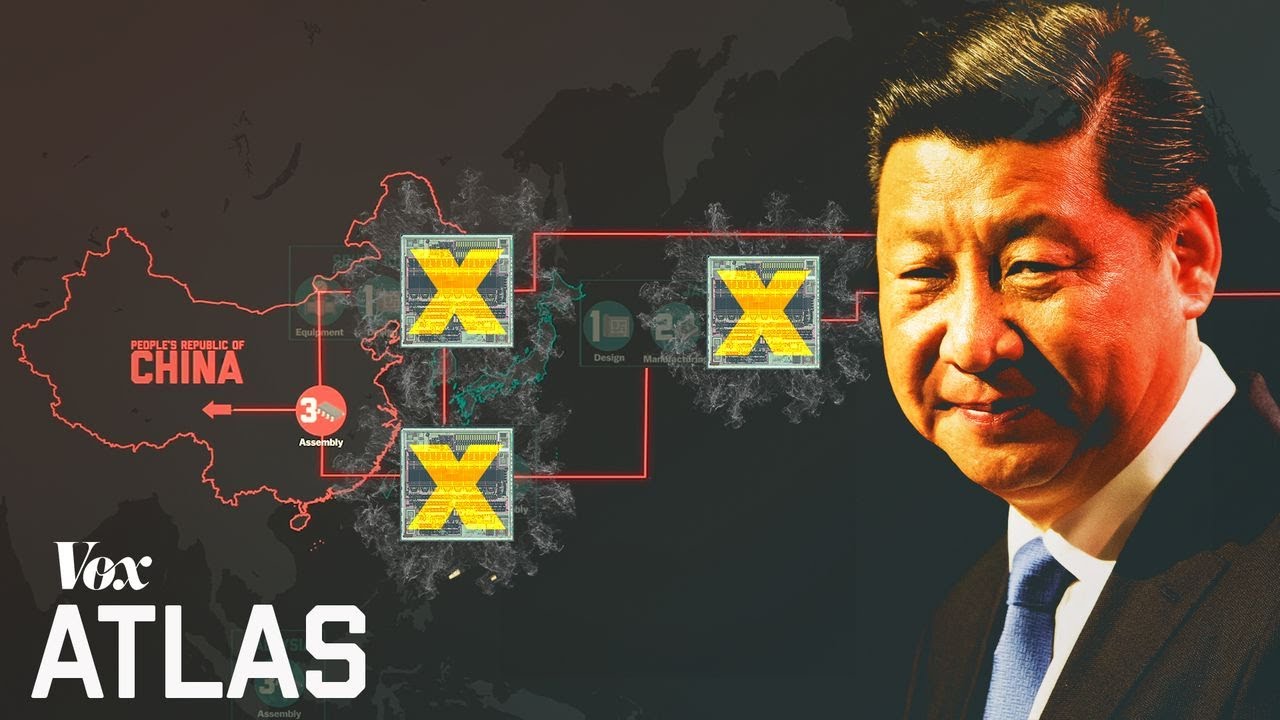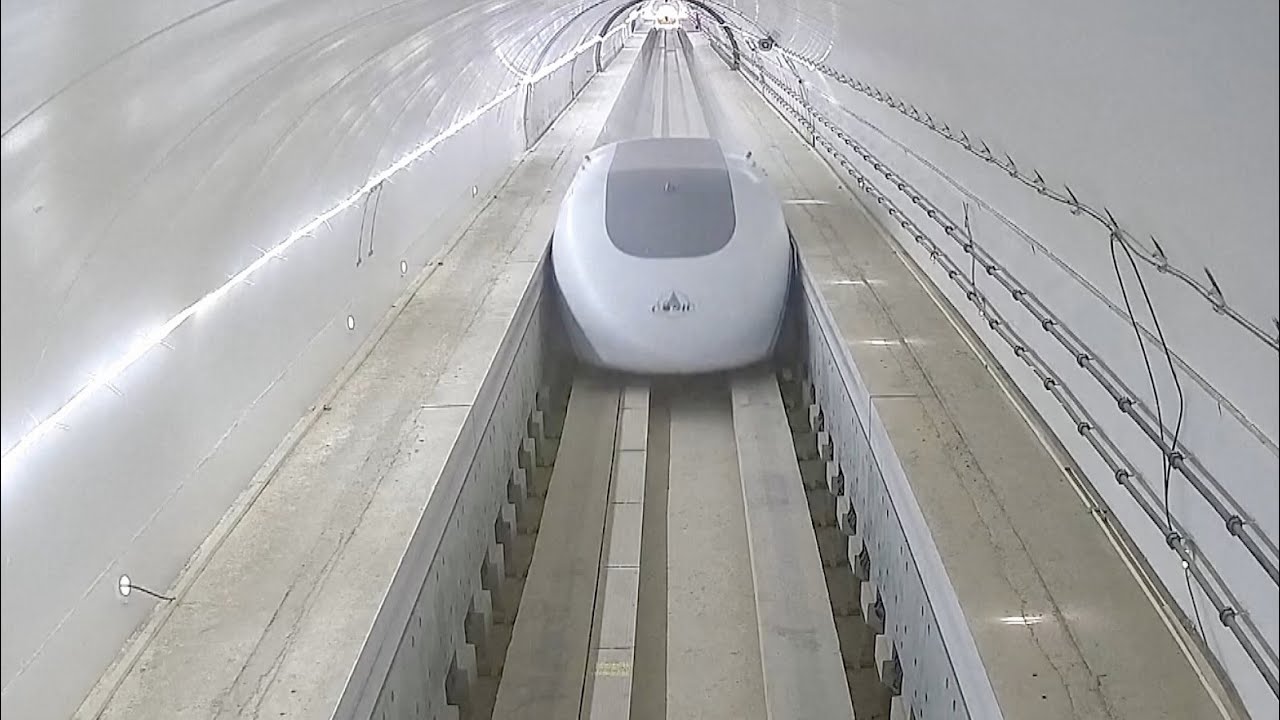☆ Yσɠƚԋσʂ ☆
- 212 Posts
- 202 Comments

 5·11 months ago
5·11 months agoI do have to admit, it is a bit of a dark comedy

 6·11 months ago
6·11 months agoThere’s no room with silicon because you start getting into problems like quantum tunnelling which makes it basically impossible to isolate signals on the chip. It’s basically like trying to make an ever smaller vacuum tube, at some point you hit a limit. Where things get interesting is where we move away from using silicon. There are a number of substrates that we know are possible, and have been shown to work in the lab. It’s not a question of whether it’s possible, but just a question of putting this stuff into mass production. This is why that MoS2 wafer is so exciting. It’s the first alternative substrate that looks like it might be possible to mass produce in the near future.

 10·11 months ago
10·11 months agosadly, that’s almost certain

 21·11 months ago
21·11 months agoExactly, even 20nm semiconductors work just fine for the vast majority of applications. the main advantage of 5nm and lower is in reduced power consumption, and there are a few domains, like mobile devices, where this is relevant. Given that China can already produce 5nm chips, seems to me that they’ve effectively closed the gap with the west in practical terms.
The other aspect of all this is that we’re now running into physical limits of what’s possible using silicon substrate. There is herculean effort involved in making 1-2nm chips for diminishing gains, and then there’s no room to grow after that. So, western companies don’t really have room to grow going forward.
Incidentally, China is researching alternative computing substrates such as graphene, and Chinese researchers even managed to produce a 12 inch wafer using MoS2 substrate already. I think this is the real path forward, and it could make silicon look like vacuum tubes overnight. Even a crude chip on a different substrate could have far better performance than anything possible on silicon with decades of optimizations to follow.

 91·11 months ago
91·11 months agoFor sure, this will go a long way to democratize the technology around the world. On a side note, I absolutely love that a worker owned coop is now becoming one of the dominant hardware and software vendors globally.

 101·11 months ago
101·11 months agoI agree, it does leave a lot to speculation.

 41·11 months ago
41·11 months agothat would be pretty amazing

 141·11 months ago
141·11 months agoThe impression I get is that it’s mostly a test of actually being able to build the maglev tube, and all the components. Probably gonna be a while before they build a track of any significant size and start testing this at high speeds.

 71·11 months ago
71·11 months agoObsoleted was perhaps too strong a word. As I mentioned in another reply, it’s more about facilitating trade across land routes that are too far from shipping centres to be viable currently.

 131·11 months ago
131·11 months agohaha

 71·11 months ago
71·11 months agothat’s one long ass trip :)

 31·11 months ago
31·11 months agoFair, I don’t expect shipping to go away entirely. It’s worth noting though that you still have to get goods on and off the ship, which is done by land. So, the bottlenecks end up being in moving things to and from the port, hence why we tend to see big economic centres close to the ports with a fall off as you get fruther from the port. On the other hand, trains have the potential to connect a lot of areas that aren’t close to the water, and kick start economic development in places where it wasn’t cost effective previously.
And of course, in the context of US trying to contain China, it makes a lot of sense for China to focus on creating economic routes through land where US can’t interfere with them.

 271·11 months ago
271·11 months agoThe equatorial circumference of the Earth is about 40,000km. That means this train will theoretically be able to travel from any point on the Earth’s surface to any other point in under 24 hours as long as there’s track. This will be an absolute game changer for building connections across Eurasia, Africa, and the Middle East going forward. It’s going to completely eliminate the need for air travel and largely make shipping obsolete I expect.

 81·11 months ago
81·11 months agohaha right

 171·11 months ago
171·11 months agoThat’s going to be the real test of China being socialist. I fully expect that this will end up having a positive impact on quality of life in China.

 151·11 months ago
151·11 months agoSo much for all those aging population and lack of workers troll concerns we constantly hear about from the west I guess.

















I bet lots of people still think that chip sanctions are totally working